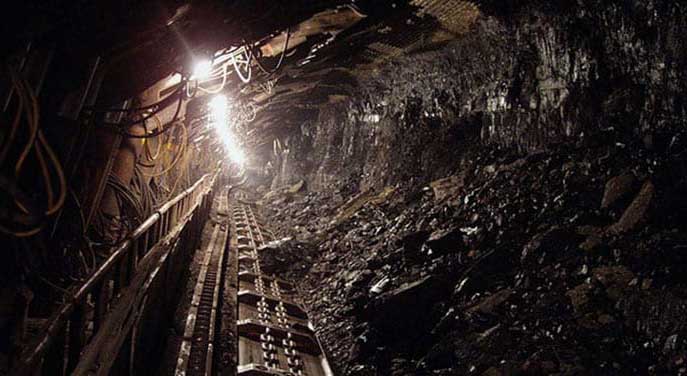 Coal use around the world is rising in what the head of the International Energy Agency (IEA) calls “a sobering reality check” for targets to reduce emissions.
Coal use around the world is rising in what the head of the International Energy Agency (IEA) calls “a sobering reality check” for targets to reduce emissions.
Against that backdrop, global demand for liquefied natural gas (LNG) is soaring, in part because it can help displace coal power and reduce emissions by half – or more, if the LNG comes from Canada.
“Global electricity generation from coal this year will be the highest ever in history,” IEA executive director Fatih Birol said at the virtual launch of the agency’s latest report on the state of global coal in December 2021.
“The numbers are really worrying when you look at it from a climate change point of view,” he said.
Total global coal consumption is now well above where it was before the COVID-19 pandemic, reaching a record 7.9 billion tonnes in 2021 compared to 7.8 billion tonnes in 2019, the IEA reports.
The growth is expected to continue, with consumption reaching a new high of eight billion tonnes in 2024.
IEA says it will be driven by India and China, where coal power is expected to increase despite the roll out of “impressive amounts” of solar and wind capacity to generate power.
| RELATED CONTENT |
| The hazards of pursuing a green power utopia By Gwyn Morgan |
| Canada missing a critical opportunity in the LNG market By Mark Mile and Ven Venkatachalam |
| The unintended consequences of ‘clean and green’ By Jock Finlayson and Denise Mullen |
There are 2,449 coal-fired power plants operating around the world, according to Global Energy Monitor. Another 189 are under construction, and a further 292 are in “pre-construction” or planned for the near future.
“This is a major challenge,” Birol said. “In particular from the perspective of emerging and developing countries, where you see coal might be playing a critical role in providing electricity and keeping the affordability of electricity prices.”
A solution is LNG or the global trade of natural gas by ocean tanker.
According to Shell’s latest report, even with COVID lockdowns, world LNG demand rose to 380 million tonnes in 2021 from 360 million tonnes in 2020. That’s expected to nearly double and cross 700 million tonnes by 2040.
Using natural gas instead of coal to fuel power plants reduces emissions by about 50 per cent on average, IEA says.
LNG from Canada can deliver an even more significant decrease, reducing emissions by up to 62 per cent, according to a 2020 study published in the Journal of Cleaner Production.
That’s partly because Canada’s LNG projects are expected to have the lowest emissions intensity – or emissions per unit of LNG – in the world.
The LNG Canada project under construction, for example, is expected to have emissions of 0.15 per cent CO2 per tonne of LNG, less than half the global average of 0.35 per cent, according to Oxford Energy Institute.
Proposed LNG projects in British Columbia that would use more hydroelectricity from the province’s power grid are expected to have even lower emissions intensity: 0.08 per cent for Indigenous-led Cedar LNG and 0.03 per cent for Woodfibre LNG.
“We do have cheap, plentiful supplies of natural gas both in northeast B.C. and throughout Alberta, and we do have shorter shipping distances to Asia,” says Ian Archer, associate director of gas, power and climate solutions with S&P Global.
“But what we have is very limited infrastructure to connect those two points.”
Deborah Jaremko is director of content for the Canadian Energy Centre, an Alberta government corporation funded in part by taxes paid by industry on carbon emissions.
For interview requests, click here.
The opinions expressed by our columnists and contributors are theirs alone and do not inherently or expressly reflect the views of our publication.
© Troy Media
Troy Media is an editorial content provider to media outlets and its own hosted community news outlets across Canada.

